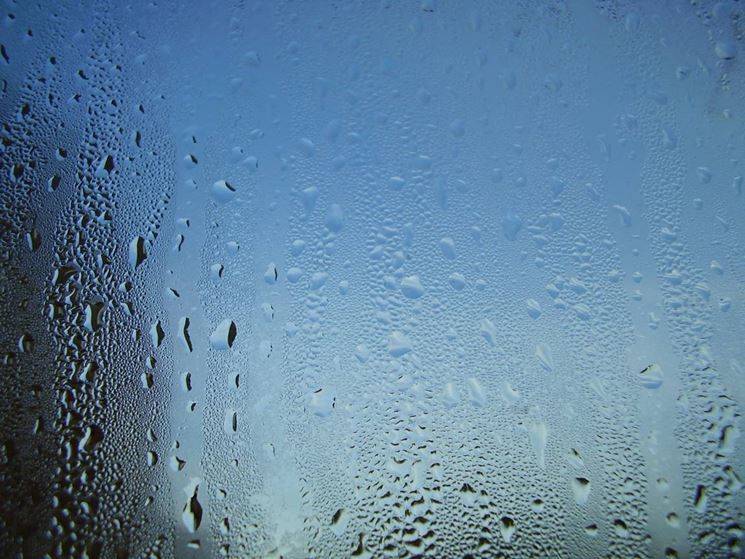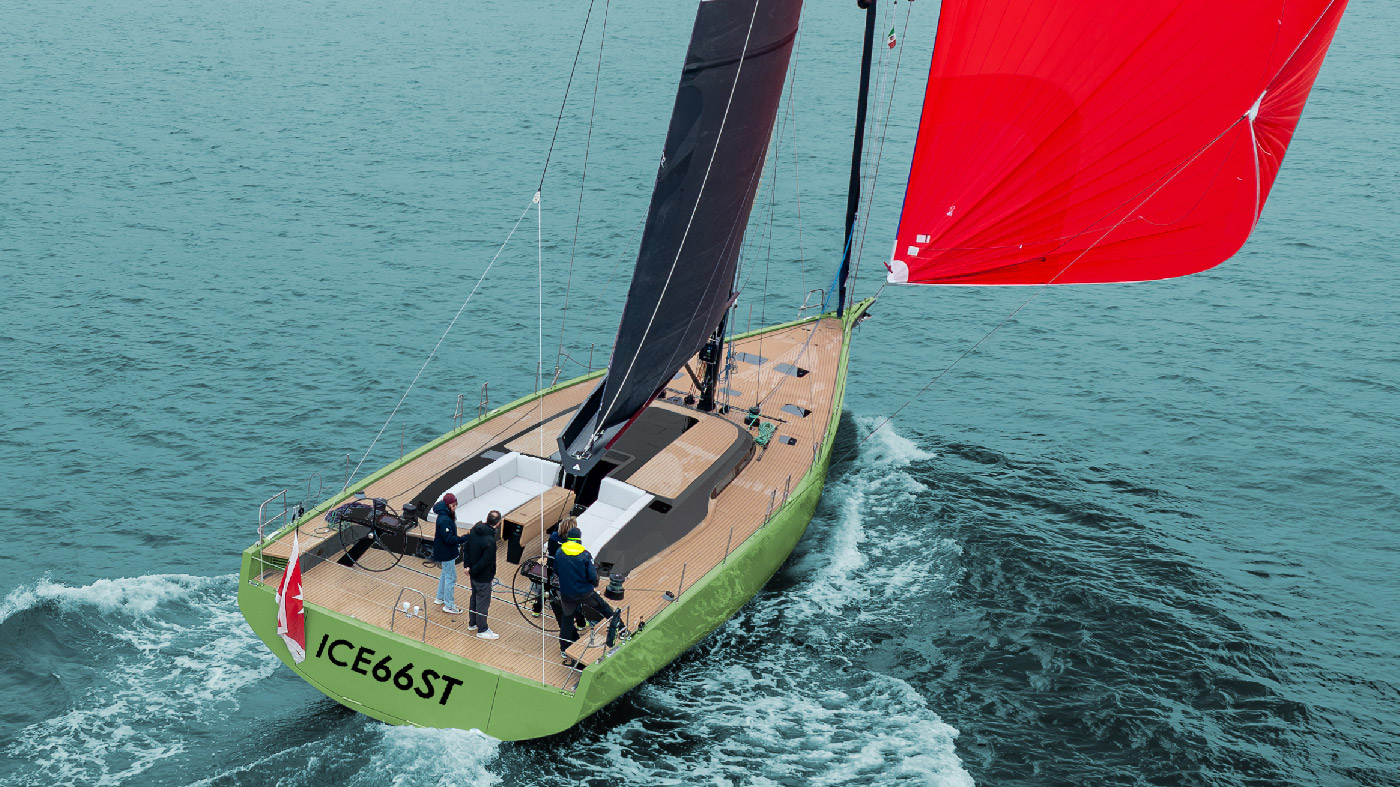Leggi l’articolo in italiano
The season we are living now is winter. It is the meteorological winter, completely different from the astronomical one which marks the beginning of the “bad season” 20 days later.
But for us, who love sea, is winter actually a bad season? We don’t agree. In fact, we believe that, with some precautions and a good equipment, sailing in winter is a good opportunity to discover or rediscover places and landscapes in optimal conditions.
Do you know the terrible chaos in Ponza in August? Or the crowded anchorages in the Aeolian Islands or the difficulty to find a berth in the harbour of Capri and, when you find it, the surrender because it is more expensive than a hotel? Well, in winter you can forget all this. Anchorages are empty, harbours are accessible and fees are often very affrodable.
Space, low prices, lots of places are all a good reason to enjoy winter cruises. However, we can’t forget weather. In fact, windy days are frequent in the Mediterranean Sea in this period. Are low -pressure areas more frequent? Yes, but they are foreseeable and weather is paradoxically more stable when it is bad, with fewer jerks and fits of rage than in summer storms.
A lot of advantages but ….it’s freezing. This is why 90% of Italian sailors prefer to stay at home until spring or summer.
But we can defend ourselves against cold and enjoy winter sailing. First of all, with appropriate clothes.
Not feeling cold is not a simple thing but , on board, it is important to avoid an intense cold sensation because is it very difficult to retrieve warm, especially if you are sailing out of a harbour. There are a lot of technical clothes on the market but, except for a good raincoat, we can use common clothing.
So, the first thing to do is to defend our “extremities”: a wool cap, a pair of hot wool or technical socks and wool or fleece gloves are indispensable. I have often used an old pair of ski gloves and they have always kept me warm. All in all, I was able to move sheets and halyards with no problems.
In contact with your skin, a warm undershirt and a pair of tights are essential. Then, a fleece sweater and a jumper. As regards trousers, I try to avoid jeans because they are too cold. A pair of warmer and more comfortable trousers under your raincoat dungarees is better.
Traditional rubber boots protect against water but not against cold. So, unless you use technical shoes, you had better to put warm winter shoes on. If it rains, two pairs of socks under your boots are excellent. So, remember to buy one size larger boots.
On your jumper, you can use a warm jacket. It is better than a raincoat. Personally, I use my raincoat only when it rains, with a mountain jumper and a fleece waistcoat.
At night, the best solution is a good feather sleeping bag. I use it while wearing only my t-shirt but, if you are cold, you can use a comfortable and clean tracksuit. A bed with sheets and duvet could be a romantic idea, especially for lovers, but it is not a good thing if you don’t have the possibility to heat your boat, without considering the consequent encumbrance.
Now, you can set sail with no problem but please remember to prevent cold, which can contribute to seasickness.
In order to defend against cold below deck, the ideal solution is a gasoline heating system. It heats the boat uniformly, it can be used even during navigation and it has low consumption.
In the harbour, you can use electrical heaters but on the condition that you use a charging column. In this case, heating will be not uniform but open doors can help to spread warm throughout the boat.
In the past, on board an old English boat built in Spain, named Sirocco 9,15, I used a brick, I put it on the fire produced by my gas stoves for about ten minutes and then I put it out. This way, the brick emanated heat for some hours. The method works but, maybe, we can solve the problem in a more modern way.
Another enemy in winter is humidity, especially the condensation produced by the conflict between inside warmth and outside cold. Established that a good heating system solves most of problems, we can adopt some precautions in any case.
The first thing to do is to verify the eventual presence of water infiltrations which would cause a terrible condensation.
Then, we have to air the boat every time it is possible. During the day, weather tends to be mild and a pleasant warmth floods the boat.
Another important precaution is no tot leave, especially at night, towels, raincoats or wet clothes inside the boat. It is better to put them in the raincoat compartment or in a place you can isolate. You will hang them in the sun on the following day.
Of course, you can use specific products against condensation.
Finally, you have to accept that privacy and condensation are not good friends. In fact, sleeping in a close cabin is the best way to wake up covered with dew. So, if you decide to do that, please consider that you will become moldy and you will be obliged to announce to the crew your intentions for the following hours.
So, let’s pack and go!




























